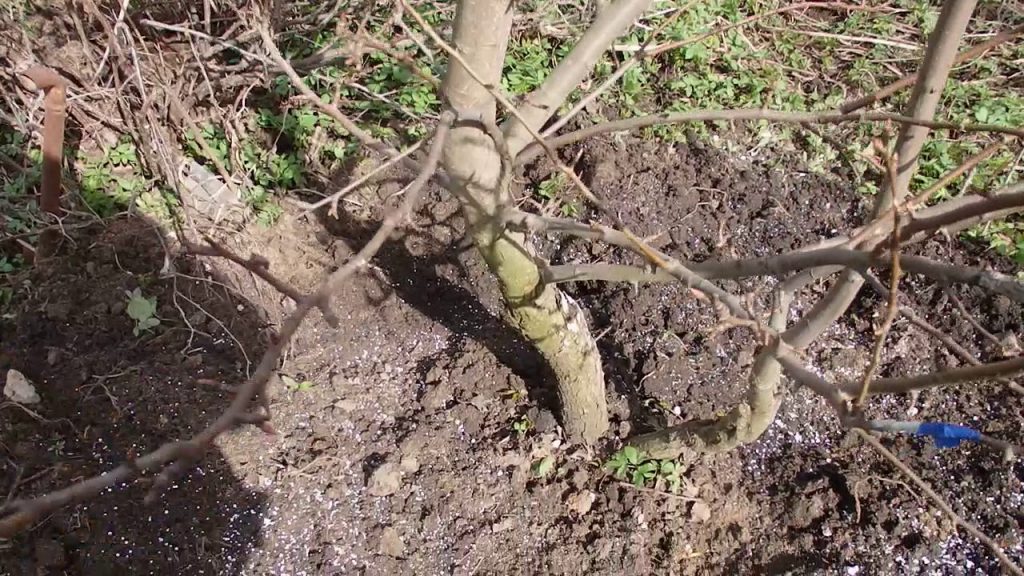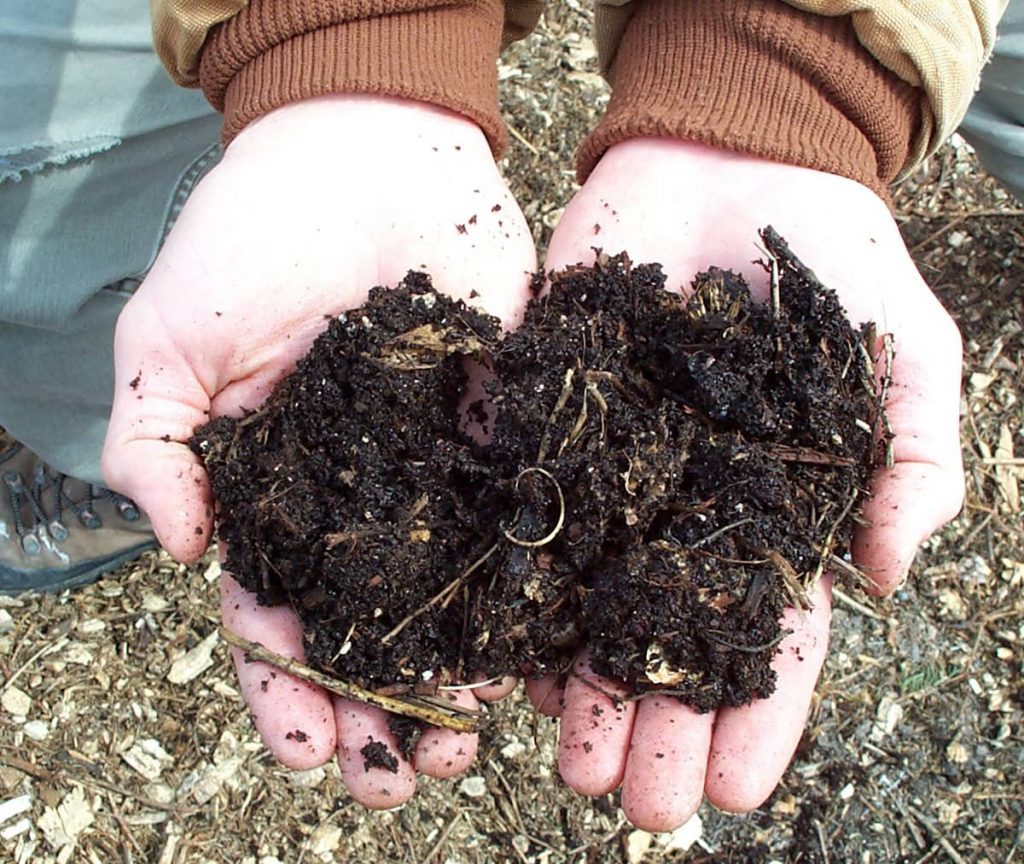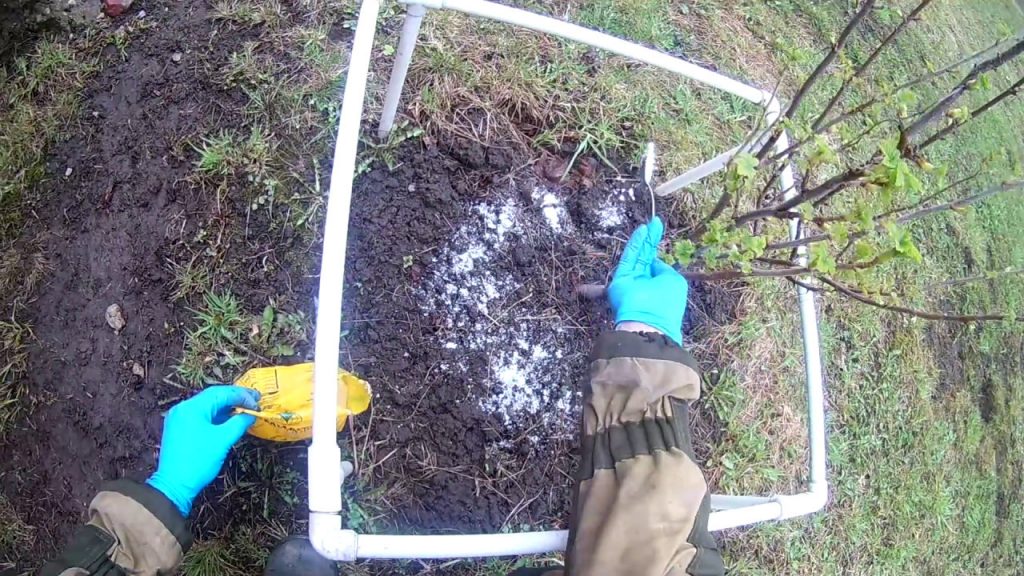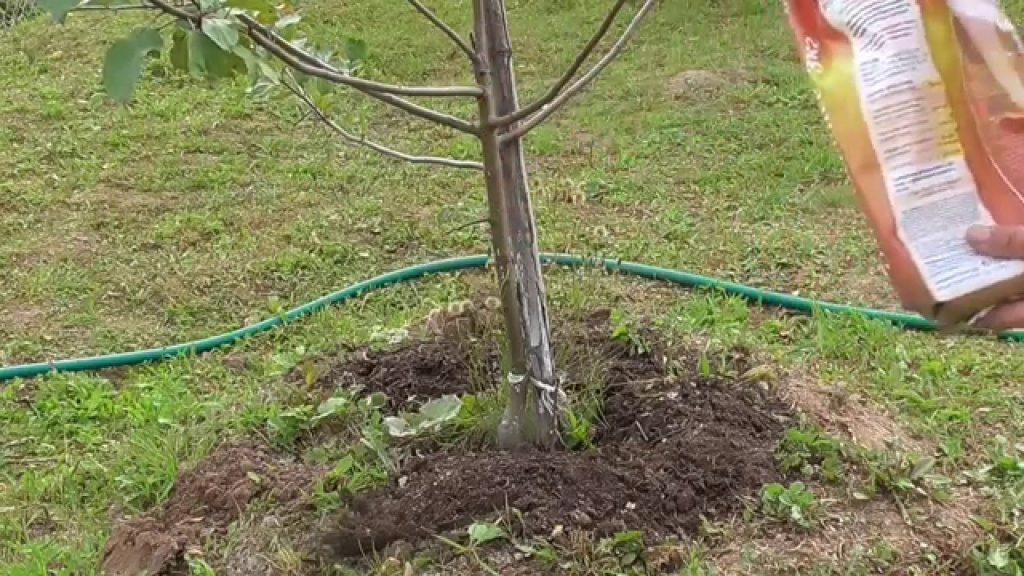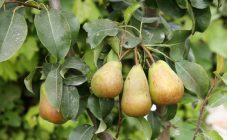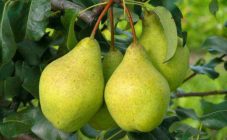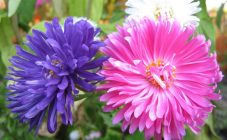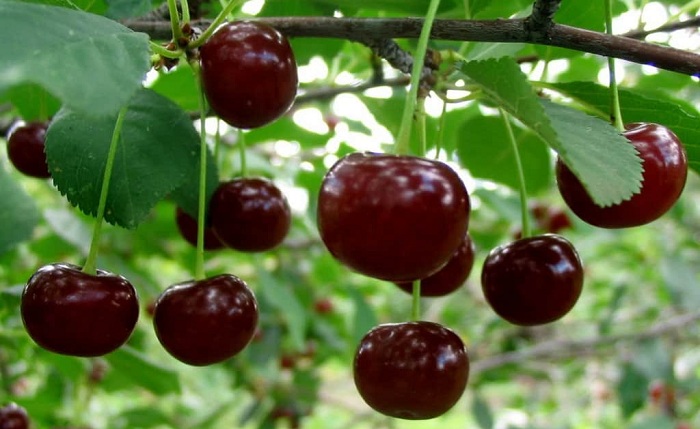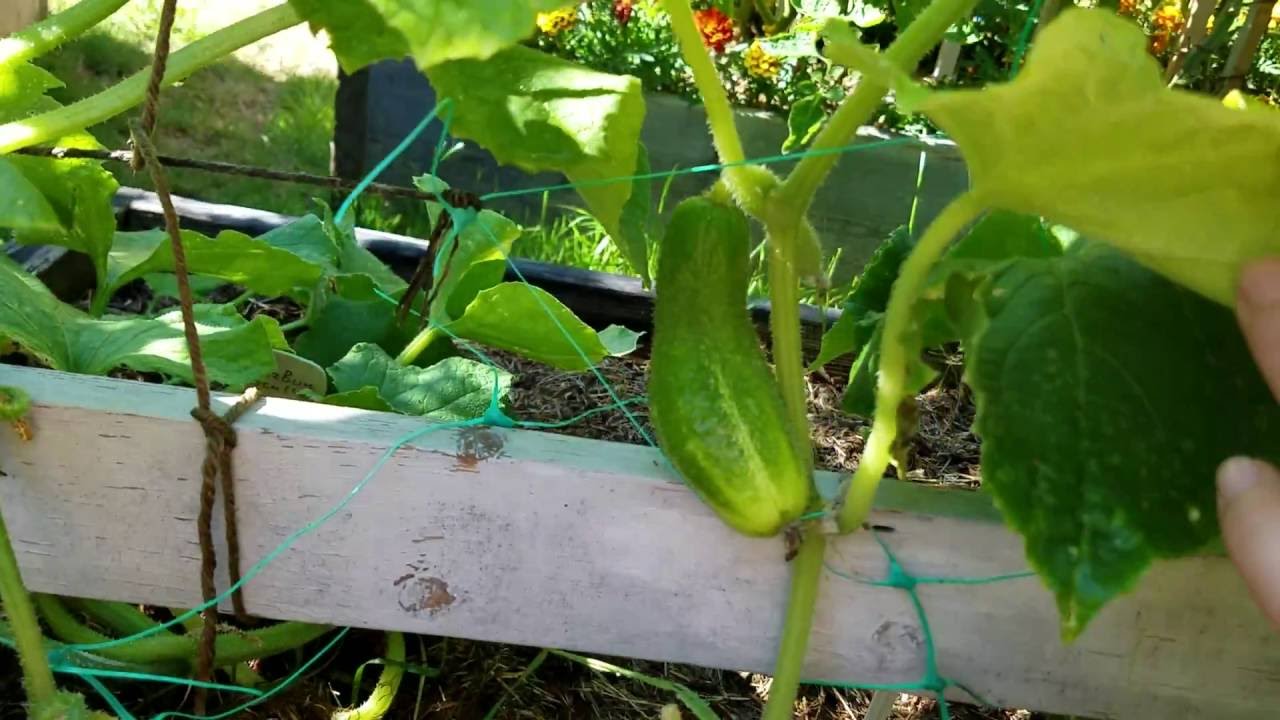Content:
By consuming pears every day, you can reduce blood cholesterol levels, as well as get rid of excess weight. They contain a lot of vitamins and minerals, so it is recommended to eat them for pregnant women, children, people with diabetes mellitus and just everyone. And in order for the tree to produce fragrant fruits, it is necessary to decide how to feed the pear.
Brief description of popular varieties
There are many varieties of pears:
- August dew. Summer variety. Obtained by mixing Tenderness and Pakgam Triumph. Medium height tree. The pears are juicy, soft, sweet and medium in size. Poorly stored, winter hardy, pest resistant. It is necessary to trim the crown, but then the size of the pear decreases.
- Saratov. Winter variety, frost-resistant. When breeding, the pear was crossed by Bere and Bergamot. It can be stored until February. The tree is medium-sized and must be properly pruned for yields. Pears give a lot, they are hard, the skin is elastic, the taste is sweet. Color - yellow with a pink barrel. Bears fruit for 5 years. Keeping quality is long-lasting. Resistant to pests and diseases.
- Belarusian. Late grade. Ripens in early September. Bred in Belarus. Tree up to 3.5 m tall. Pears are light green, later turn slightly yellow. The skin is rough with small dark spots. Juicy pear, slightly sour taste. Winter hardy, not affected by pests. But it does not yield a harvest every year. She needs rest.
- Veles. Autumn grade. Stored for a long time. Large-fruited, weight up to 150 g. Narrow at the stalk and spherical from below in shape. Ripen in late summer, hang until October. Red-orange pears, sweet, juicy on the palate, thin skin.
- Chizhovskaya. Pear for the Volga region and central Russia. Bred by Chizhov and Potapov. The variety is winter-hardy, self-pollinated. The height of the tree is three meters. Pear weight not more than 150 g. It ripens by the beginning of the autumn period and turns yellow. Does not hang for a long time, it must be torn off. The taste is sweet and fleshy pear, white pulp. It is resistant to cold weather and pests.
- Tenderness. A variety for the Moscow region. The result of crossing Tema and Clapp's Favorite. The tree is medium-sized. Annual fruiting, frost-resistant pear. Resistant to diseases and pests. Unpretentious. Large-fruited, pear-shaped. The taste is sweet. The pulp is juicy, coarse-grained with a pleasant aroma. It can hang on a tree for a long time, and can also lie in boxes for a long time.
Each gardener chooses the one suitable for his climate, as well as for taste and useful properties.
What is the best way to fertilize a pear in different seasons
Top dressing of pears in spring
Fertilizers are applied in liquid and granular form. In a rainy spring, they are brought under digging at the level of ten centimeters. In dry weather, root and foliar fertilizers are used.
Stages:
- Before the kidneys open;
- Before the flowers appear;
- After flowering.
How can you feed a pear in spring? For the first time, nitrogen-containing fertilizers are applied under young trees. These include urea, saltpeter, chicken manure.
Solution preparation:
- Take 2 tbsp for a bucket of water. tablespoons of saltpeter.
- 100 g of urea are bred on the floor of the bucket.
- 0.5 kg of chicken manure is diluted in 10 liters of warm water. Insist day.
After the trees have faded, green fertilizers are buried to a depth of 10 cm to improve the quality of the pears.Also add nitrophoska (proportion - 1 kg of the drug per 200 liters of water). 3 buckets of solution are poured onto one tree.
During the formation of pears, they are fertilized with phosphorus-potassium fertilizers.
Top dressing in summer
From late June to mid-July, pears are treated with foliar fertilizers (phosphorus-potassium). They are mixed in 4 times less than when applied to the ground. Irrigate in the morning in dry weather. In hot weather, this procedure can cause leaf burns.
Top dressing in autumn
It is carried out in the area of the trunk circle. Such feeding helps the tree to overwinter. Fertilizer is applied after picking pears, when a third of the leaves turn yellow. Top dressing is applied for digging.
If, before planting, the pit is filled with fertilizer for the pear according to the rules, the tree does not need feeding for two years.
It is necessary to select such elements that will not cause the tree to be active. Nitrogen fertilizers are contraindicated. Mostly minerals are used.
Preparation of mixtures:
- Add 1 tbsp to a bucket of water. l. potassium chloride and 2 tablespoons of superphosphate. Watering. When digging in autumn, a pear loves to introduce 150 g of ash per square meter.
- Mix the urea 1 tbsp. spoon, 500 g of wood ash, ammophoska 3 tbsp., superphosphate 2 tablespoons, phosphate rock 1.5 s. l., potassium sulfate and potassium chloride 1 tbsp. spoon.
Peat and humus are also used in the autumn. For the winter, mulching is done with organic matter 15 cm thick, which preserves the roots and nourishes the tree.
At the end of August, foliar fertilizing with potassium and phosphorus is done.
It is important not to overdo it with fertilizers, otherwise the leaves and fruits may crumble. It is required to calculate the area of nutrition and root system of the tree. The age of the tree is up to 4 years - it is necessary to process an area of five square meters. 8 years - 10 sq. meters.
Organic fertilizers
It is best to use organic fertilizing in the spring, for example, in May. And in the autumn, mineral fertilizers are more suitable.
Benefits:
- Organic fertilizers do not harm plants, trees, humans and do not violate the environment.
- Effective microorganisms contribute to the production of humus. These processes go on continuously, as in nature. The soil acts as a biochemical laboratory. Nutrients are constantly being produced.
- Beneficial microorganisms can be purchased as concentrates. There are also plant-based solutions. They increase soil fertility.
- Organic preparations cannot be overdose.
Disadvantages:
- Enough for a short time and you need to fertilize again.
- The use of effective microorganisms is possible only in warm weather. In the spring, fertilizers are applied when the temperature is stable at least 12 degrees. Top dressing is completed in September.
The frequency of the procedure depends on the fertility of the soil. Poor soil is fertilized once a week, rich soil once every three weeks.
Mineral fertilizers
Applied in the autumn. Fertilizer can be bought or made by yourself.
Benefits:
- Ease of use;
- Instant action.
Disadvantages:
- Fertilizers have a good effect on the ripening of pears, but evaporate quickly, it is necessary to periodically add top dressing;
- An overdose of drugs is possible, leading to the death of a tree or plant;
- Ready mixes are used only in a certain season;
- Cannot be fertilized in the heat;
- Before fertilizing, check the weather forecast. For example, rain washes away some of the nutrients.
Natural natural fertilizers
Plants are very fond of using wood ash. It is suitable for seedlings of all ages.
After applying top dressing and watering, mulching must be done. Peat, humus, pine bark are used. This will allow nutrients to remain in the soil longer.
General tips for beginners
- Every three years, the pear is fed organic;
- They apply their own fertilizers every season. It is not recommended to mix them. A root burn may result, leading to death;
- Only mineral fertilizing is poured into the planting pit. Potassium and nitrogen substances are not added, because you can damage the roots;
- By the state of the tree, the deficiency of an element is determined;
- Fading and underdevelopment of leaves is a sign of a lack of nitrogen, and an excess has a bad effect on winter hardiness and maturation of the bark. In September, all fertilizing with nitrogen must be stopped.
- Lack of phosphorus is manifested by the absence of flowers;
- If the leaves are very dry and wrinkled, the trees should be fertilized with potassium;
- With a lack of calcium, the leaves become spotty, it is necessary to regularly apply ash. It nourishes the tree and helps control pests;
- Liquid organic matter can be applied after it has fermented. For five days, you need to insist droppings or manure.
Consequences of improper feeding
Improper use of fertilizers leads to the fact that:
- The bacteria involved in natural decomposition processes disappear from the soil.
- Undigested particles of mineral fertilizers pollute groundwater and the atmosphere.
- The acidity of the soil changes;
- Compounds that are not typical for it accumulate in the ground.
- Burns of leaves and roots of plants appear.
- Abnormal growth of plants and weeds is noted.
- The trees die.
- Useful cations are washed out of the ground.
- Reduced soil fertility.
- The soil is compacted.
Fertilize plants and trees only as needed. This must be done carefully, carefully selecting the substances. Otherwise, you can harm the plant and spoil the composition of the soil.
